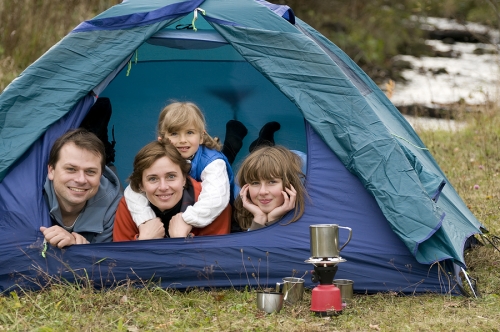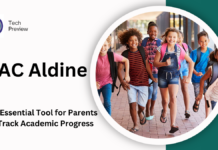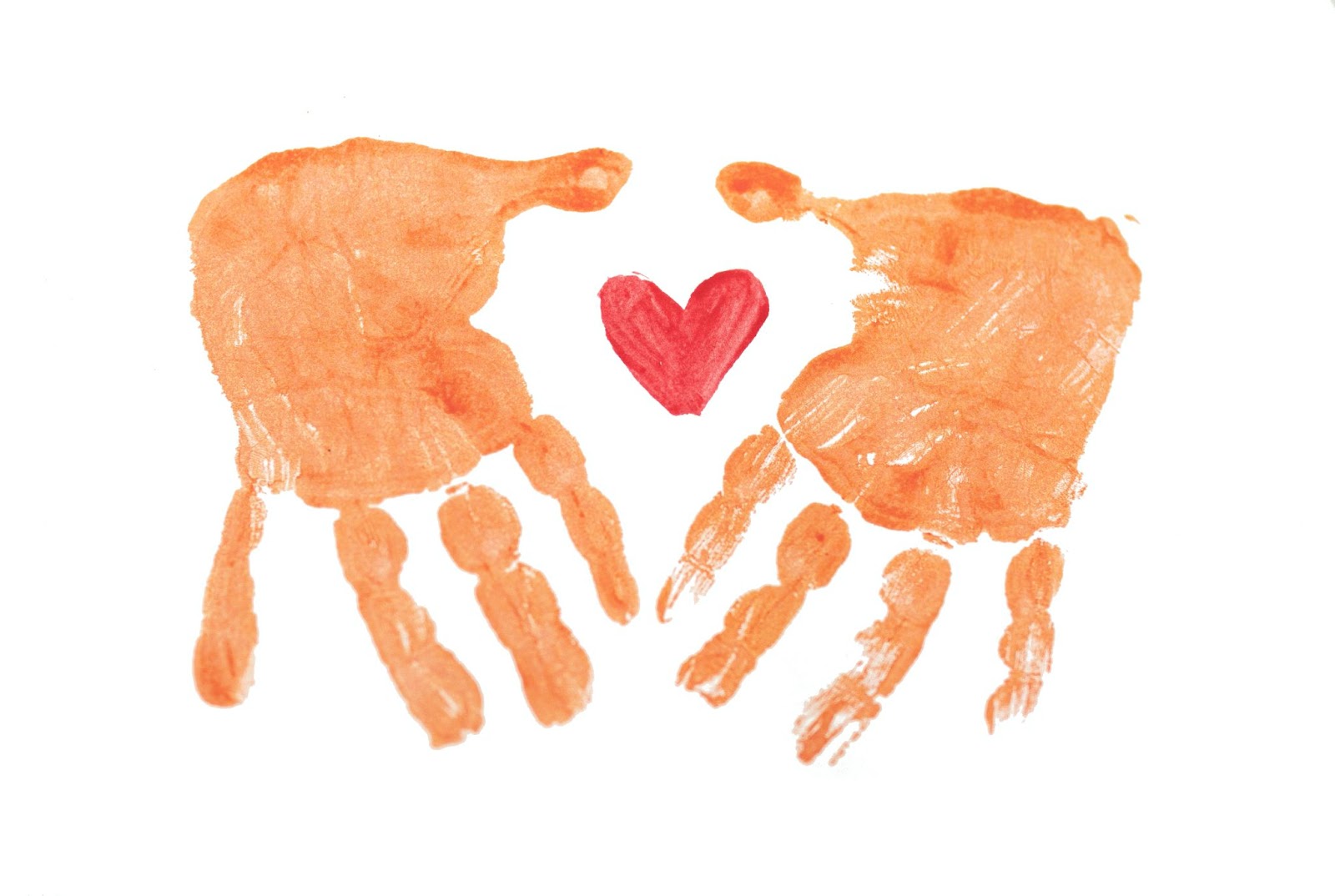Camping is one of the most enjoyable summer activities there is. A person or family can load up, head out, and enjoy their surroundings. This is a beautiful planet, to be sure. Once people get past the hustle and bustle and concrete and fencing, many find complete peace and serenity amidst the rivers and trees.
It is an experience even the urban set will likely never forget and always enjoy. In fact, most may not want to go home. However, in the end, it is important that all return home safely. Thus, there are some important things to consider.
An important consideration for families camping with children is certainly water. Yes, families will need to have a sufficient amount of drinking water among the necessary supplies, but water is important for another reason. Many campgrounds are located near natural bodies of water such as lakes, rivers, and creeks. Campgrounds may even feature man-made swimming pools and water parks.
When families get back to nature, most will likely enjoy a quiet afternoon by the lake; soaking up the sun and the breeze. The view promises to be a beautiful one. However, with small children, even a little water can pose a safety hazard. Parents must be prepared to prevent or address possible drowning. Knowledge of emergency procedures such as the Heimlich maneuver and cardio-pulmonary resuscitation (CPR) as well as the use of life vests may go a long way in protecting family members of all ages from water-related danger.
Water Fatalities – Children and Teens
Rates are slowly declining; however, drowning remains the second highest cause of death due to unintentional injury among children ages one to 14 years. This averages to about one in four. Further, says the CDC, “for every child who dies from drowning, another four received emergency department care for non-fatal submersion injuries.”
Taking precautions is the best method for lessening risk. One good idea is to set the campsite as far away from the water as possible. Resist the temptation to allow children to run freely. Always have an adult present to keep a close eye on youngsters. Even older children ages 12-13 and beyond may need supervision near rivers, lakes and streams. Statistics show that, for natural water drowning, the percentage of drownings actually increases with age; with more drownings occurring in those over 15 years of age.
Altogether that year, there were 3,582 fatalities due to accidental drownings; averaging to roughly 10 per day. Among those who drowned, nine out of 10 were not wearing life jackets. Inflatable swimming aids cannot take the place of safety-rated life vests.
Should a person be drowning, there are procedures that can possibly save lives. Recently, medical professionals have discovered the benefits of the Heimlich maneuver on persons who have ingested water. Following the Heimlich maneuver, it may also be necessary to perform CPR.
Emergency First Aid Precautions/Procedures
“Since the characteristics of choking and drowning are so similar, it stands to reason that the treatment protocol for the two conditions will be similar as well,” says the Safety Resource Organization. “In the past, rescuers have been advised to administer cardiopulmonary resuscitation [CPR] to drowning victims. Now, however, it is recommended that CPR only be performed after the execution of the Heimlich maneuver. Getting first aid training, like the one from Edmonton first aid, could be a life-changer in a water emergency; it will give you all the skills and steps to act swiftly.
Performing the Heimlich maneuver while in the water can be very difficult. Rescuers may need leverage to deliver the necessary force. However, in deep water especially, this may not be an option. If possible, the victim should be moved either to shallow water or to dry land but given the time factor, it may be necessary to attempt this life-saving procedure while treading. Following this, CPR may be needed. Further, for infants under the age of one, different protocols exist. Instructions can also be found for administering the Heimlich maneuver to oneself. All of this information is readily available on-line to instruct parents and others on how to perform these life-saving techniques. One may find videos and information on treating these and other water-related hazards without too much effort. One can even purchase life-vests on-line. Take the time to write down emergency procedures and keep them on hand.
Clearly, water safety is an important concern, especially when camping with small children. However, with a little preparation and planning, this can be the best summer ever!









